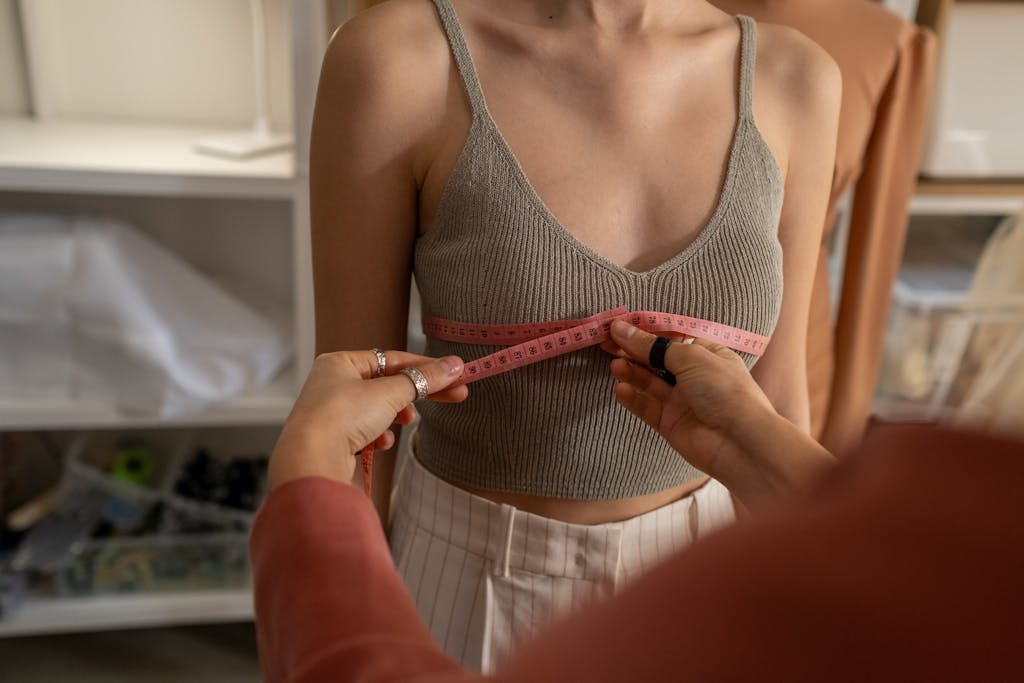Using Standard Measurements in Crochet Patterns

Using Standard Measurements in Crochet Patterns
Using Standard Measurements in Crochet Patterns for Accurate Fit
Accuracy is key when writing crochet patterns that fit. Using standard measurements ensures your designs are predictable, consistent, and professional. By applying widely recognized sizing charts and measurement guidelines, you can create patterns that work for a variety of body types, reducing errors and improving maker confidence.
This article is part of our blog series on Mastering Sizing and Accuracy in Crochet Pattern Writing.
Why Standard Measurements Matter
- Predictable fit: Makes your patterns reliable for makers of all sizes.
- Professionalism: Patterns aligned with standard sizing look polished and credible.
- Inclusive design: Using measurements for multiple sizes ensures broader accessibility.
- Ease in grading: Provides a foundation for scaling patterns without distortion.
- Reference Industry Standard Charts
Use Craft Yarn Council (CYC) size charts or your regional equivalent as a baseline.
Note measurements for chest/bust, waist, hips, sleeves, and overall length.
Keep track of both finished measurements (garment dimensions) and body measurements (actual wearer sizes). - Understand Ease
Ease is the extra space in a garment for comfort and movement:
Positive ease: Garment is slightly larger than the body.
Negative ease: Garment fits snugly.
Include ease notes in your pattern so makers know how it will fit. - Measure Accurately
Use a tape measure and consistent technique.
Take multiple measurements for averages if needed.
Document measurements clearly for each size you plan to include. - Apply Measurements to Your Pattern
Translate body and finished measurements into stitch counts and row numbers.
Ensure pattern repeats align across all sizes.
Make adjustments for shaping (necklines, sleeves, waist) to maintain proportion. - Cross-Check for Accuracy
Compare your final numbers against the standard charts.
Adjust stitch multiples if your numbers fall outside expected ranges.
Consider prototyping or testing at least one size to confirm fit.
Related Resources
- How to Grade Crochet Garments for Multiple Sizes – step-by-step guidance on scaling designs
- Testing and Tech Editing for Crochet Patterns – ensure your measurements translate correctly in practice
- Mastering Sizing and Accuracy in Crochet Pattern Writing – the Hub overview guide
To finish off…
Using standard measurements is essential for writing crochet patterns that are accurate, professional, and inclusive. By referencing sizing charts, accounting for ease, and translating measurements into your stitch counts, you can create patterns that makers trust to fit beautifully.
